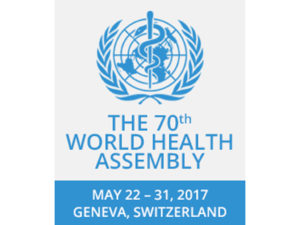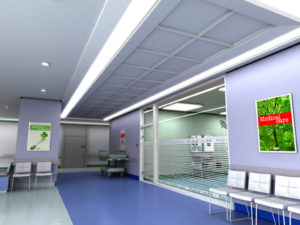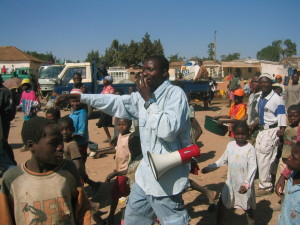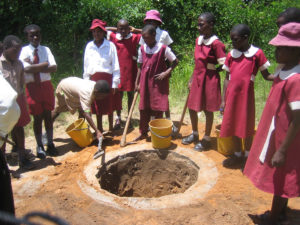What can the SDG Fund do to help achieve SDG3 targets in Africa? Lessons from Malawi
Primary Health Care in Malawi: a catchment area map and a modest and well-organized health post where a trained and motivated Health Agent delivers quality healthcare
In last week’s blog I showed you the handwashing station in a modest health post in Malawi. This week, I am going to take it further. What can Malawi do to make sure they achieve SDG3, that is, the targets for ensuring healthy lives? First, Malawi must benefit from the SDG Fund. Here is the thing, I care about all countries I have worked in, but Malawi has a special place in my heart. If you have not been to Malawi, just think of it as the prettiest land-locked African country, with prefect weather, very friendly and warm people and a beautiful lake.
In addition, Malawi needs urgent help from the SDG Fund and all the donors that support its health sector.
You see Malawi has an estimated population of about 17.3 million and it is projected it will have 25.9 million by 2030, that is about 9 million more people or about 50% population increase in 15 short years. Yes, it is true. I worry and you should worry too. You see, Malawi is far from achieving the health targets of the MDG agenda and even farther from the SDG targets: more than half of Malawi’s 2 year old children are stunted according to a recent MDG end line study, under-five mortality is 85 per 1000 live births (it is 11 in the US), and about 574 women per 100,000 live births die per year of pregnancy related conditions (18 in the US).
Have you not heard about the SDG Fund? I read this article about the SDG Fund and I immediately thought of Malawi. Here is the link: https://www.devex.com/news/the-sdg-fund-has-kept-a-low-profile-but-here-s-what-you-need-to-know-87409
The solution to the important health problems in Malawi is for the SDG Fund and all other donors to support quality efficient and consisted Primary Health Care country wide. The good news is this solution is already under way in Malawi itself. Malawi can rapidly benefit from the SDG Fund and donor investments because it already has the solution to the unfinished agenda of the MDGs and the pressing and growing health needs of its population.
Malawi is already implementing PHC, and like every country I have worked in, there are “positive deviants”, that is, places where quality PHC is being practiced well, efficiently and consistently. In 2013, I visited Malawi on an assignment to evaluate a project that was implementing community management of acute malnutrition, and while conducting the evaluation I discovered several positive deviants, places like the one in the photo, where the healthcare provider had a community map of the needs of the communities. Services were provided in modest surroundings but up to quality standards. The healthcare provider washed his hands before examining a patient, had enough supply of medicines and vaccines, tracked stocks and monitored the temperature twice daily on chart on the door of the vaccine refrigerator, visited the homes of kids that were acutely malnourished or of mothers that missed an antenatal checkup, and kept records of all his activities.
Since being defined in the Declaration of Alma-Ata in 1978 Primary Health Care is still “…essential health care based on practical, scientifically sound and socially acceptable methods and technology made universally accessible to individuals and families in the community through their full participation and at a cost that the community and country can afford to maintain at every stage of their development in the spirit of self-reliance and self-determination. It forms an integral part both of the country’s health system, of which it is the central function and main focus,] … [and the first level of contact of individuals, the family and community with the national health system bringing health care as close as possible to where people live and work, and constitutes the first element of a continuing health care process.”
(If you have not read the Alma-Ata Declaration, it is just 3 pages that will change your focus and how you practice in global health. Click here to read it.)
The solution is simple, scale up PHC. It is not easy, though, because it includes systematically ensuring all health facilities start to work like the one in the photo, putting standard operating procedures in place and improving information and management procedures. By also aligning all donors so each focuses on a number of districts, the whole country can be covered. Country ownership and coordination of the country’s PHC program is essential to the success of achieving the SDG3 targets and the SDG Fund can help Malawi do that. Malawi has what it takes: many pockets of positive deviants waiting to be discovered and scaled up. Malawi, its people and the SDG Fund win if they do.
I hope the people of Malawi do scale up PHC and have a very good New Year in 2016 in which they can account for an increasing number of positive deviant PHC facilities.
What do you wish for?
To learn more about RGH’s effective primary healthcare standards operation procedures and tools, please contact RGH at info@realizingglobalhealth.com to set up a call with one of our experts.





